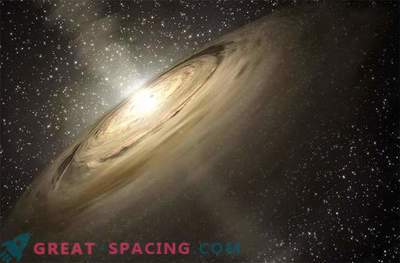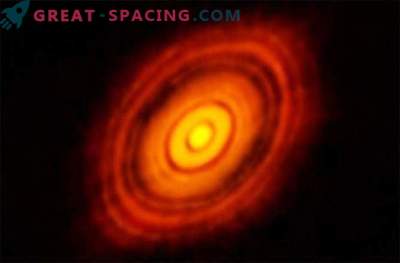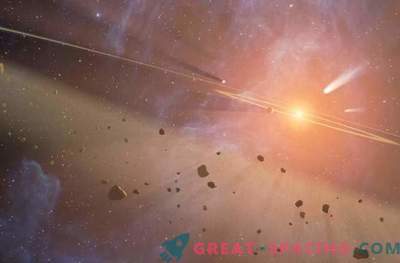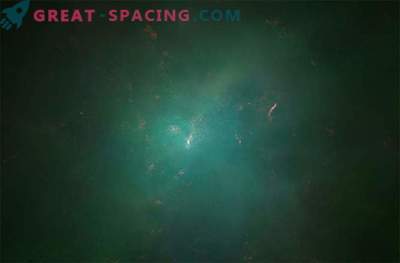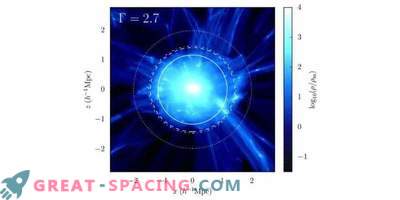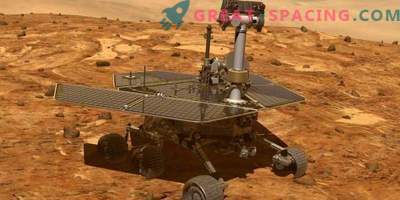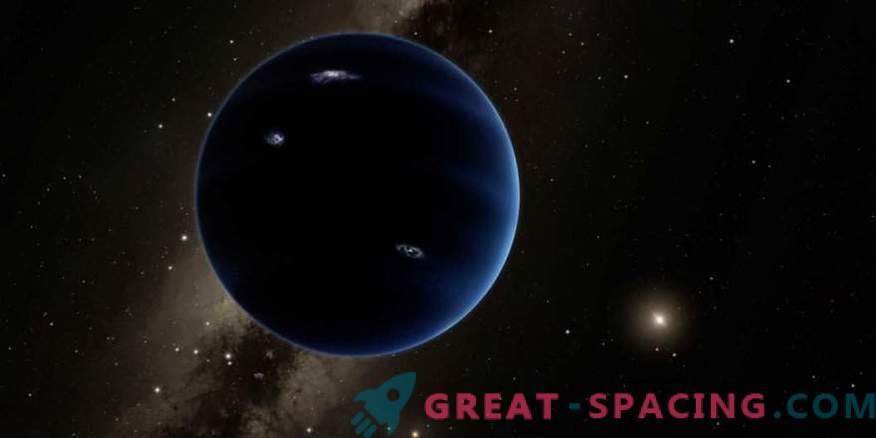
A new study will make it possible to understand whether newly formed planets migrate into a disk of dust and gas around a star, or simply remain in orbit around it. Obtaining evidence of the migration process will solve many problems and reveal the details of protoplanetary disks.
Planetary migration is a process that scientists have known about in theory for more than 40 years, but only now have been able to find a way to observational testing. The new study examines two new observational signatures in the dust rings of the young solar system, which will testify to the presence of a migrating planet.
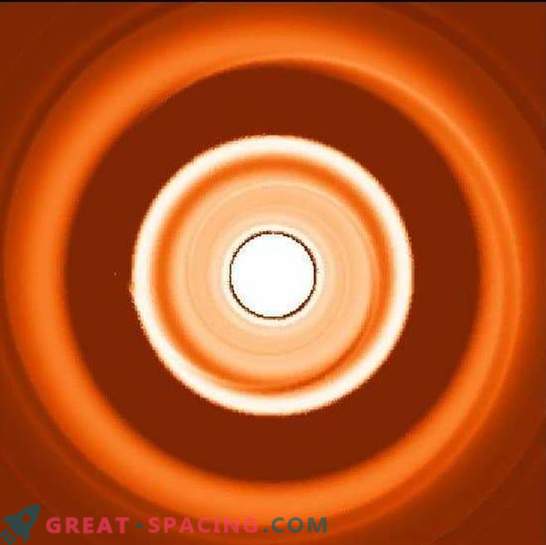
Dust density represents a disc imitation image (white circle) - inner dust ring
Migration of planets in the protoplanetary disk plays an important role in the long-term evolution of planetary systems, but for a long time scientists did not have any tests to check this event. The technology is now available using the ALMA submillimeter array, which can peek into disks and see detailed structures, such as rings, gaps, spiral arms, crescents, and clusters. ALMA can also use different millimeter frequencies to search for concentrations of particles of different sizes. The findings suggest that if ALMA considers two dust rings closest to the planet's orbit, a simple measurement of the typical particle size in each ring will give an answer regarding the presence or absence of migration. If ALMA considers that the inner dust ring usually consists of small particles, and the outer one larger ones, this will confirm the migration process of the planet. The particle size for each disk will be different, but when the planet is 30 degrees away from the star. e. and 30 times the Earth’s mass, the smaller particles in the inner ring will be less than a millimeter, and in the outer ring - a little more than a millimeter.
ALMA will be able to consider this because the observed wavelength is roughly correlated with the size of the dust particle. That is, when observers look at a disk with ALMA with increasing wavelength, the inner dust ring will disappear and the outer one will become bright. The fact is that the outer dust ring accommodates larger dust particles, so they move at high speeds in order to keep up with the planet. And in the inner there is the opposite situation. The team will continue to develop models and will use the method for ALMA's own observations in the search for these two signatures.


